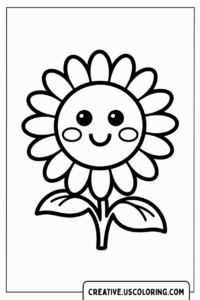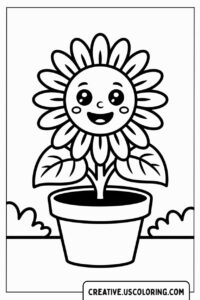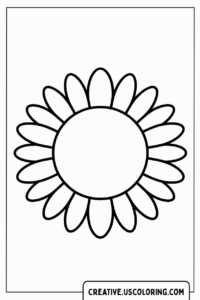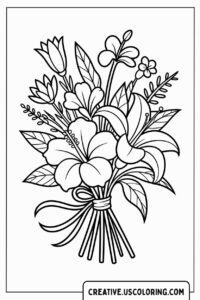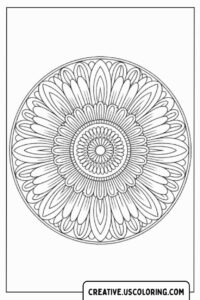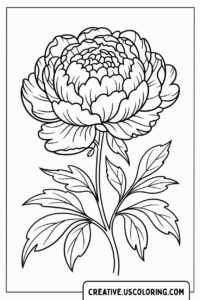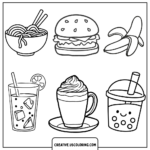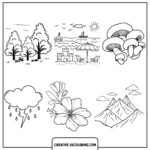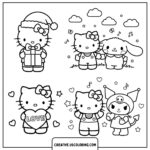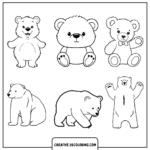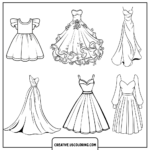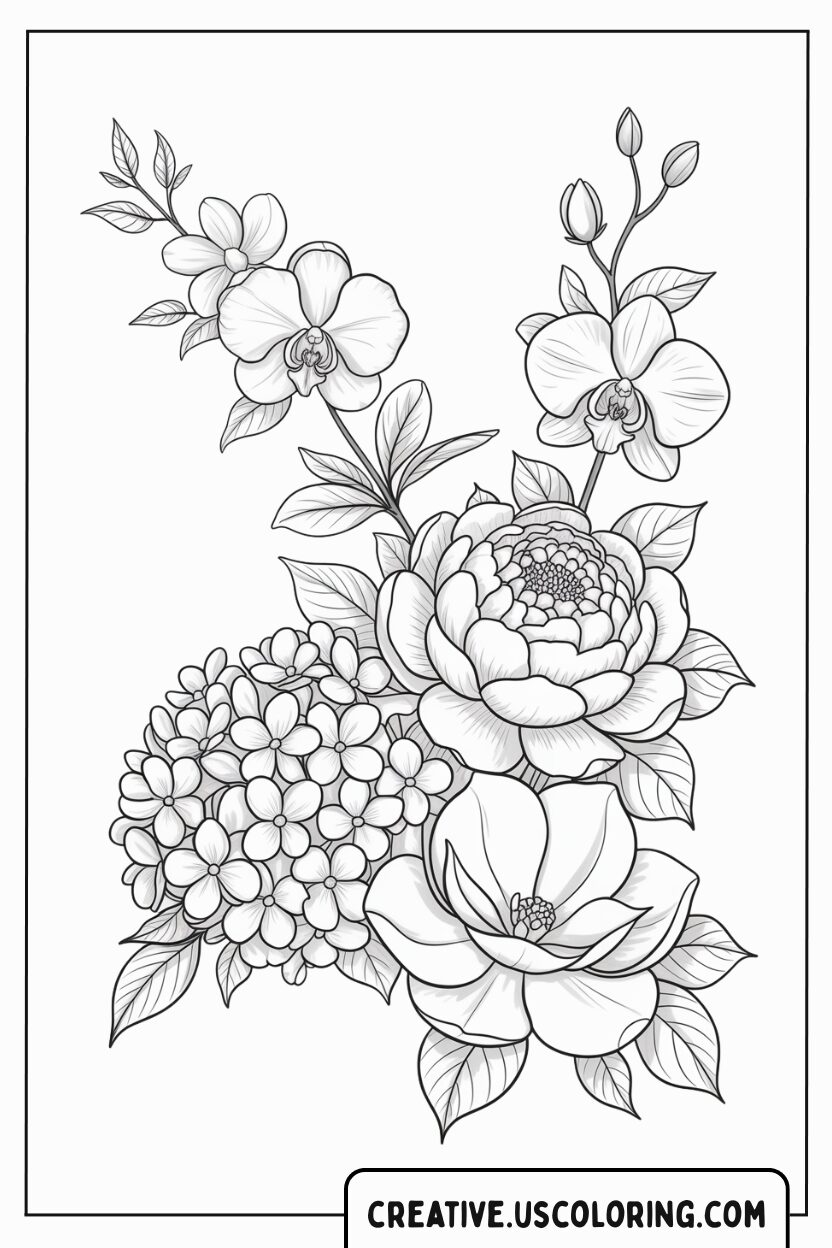
| Title | Complex-Orchids-Peony-Hydrangea-Difficult-Flower-Coloring-Page |
|---|---|
| Category | Flower |
| Image Size | 139.46 KB (832 × 1248 px) |
| File Format | JPG |
| Available Download | JPG PDF(A4-150 DPI) |
| More | |
| Share |
You can use this work for personal, learning, or editorial projects — just not for profit. It’s covered by a CC BY-NC 4.0 License , and credit is always appreciated
About this Difficult Flower Coloring Page
Prepare for a rewarding challenge with this difficult flower coloring page, featuring a sophisticated and dense arrangement of various blooms. This picture is a botanical study, combining the delicate elegance of orchids, the voluminous layers of a peony, and the clustered textures of hydrangeas, along with a prominent magnolia-like flower. The complex overlapping of petals, leaves, and different flower types creates a realistic depth that demands patience and precision. This image tells a story of a luxurious, abundant garden, capturing the pinnacle of floral beauty. It’s an invitation for experienced colorists to showcase their skills in blending, shading, and texture rendering across multiple floral elements.
The Ultimate Challenge for Focus and Skill
Taking on a difficult flower coloring page is the perfect way to truly maximize the mindfulness and concentration benefits of coloring. The sheer number of small sections, from the tiny hydrangea florets to the many overlapping peony petals, requires sustained attention to detail. This challenge is highly effective for reducing stress because it demands full mental engagement, pulling your focus entirely into the creative task. Successfully completing this intricate drawing provides an immense sense of accomplishment and significantly hones your artistic skills, particularly in mastering light, shadow, and texture across diverse surfaces.
Advanced Color Planning for Maximum Depth
To excel at this difficult design, plan your colors carefully to differentiate the flowers. Use a soft, ethereal palette for the orchids (whites, pale pinks, or light purples), a richer hue for the peony (deep red or vibrant magenta), and a clustered color (blue, pink, or white) for the hydrangeas. The leaves offer the best opportunity for realism: use at least three different shades of green on each leaf to create shadows and highlights, making them appear rounded and layered. Use a fine-tipped pen or pencil to define the darkest areas, especially where petals and leaves overlap, to achieve maximum three-dimensional depth. The key to mastering this piece is patience and the strategic use of varying color intensity.
